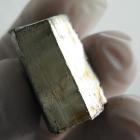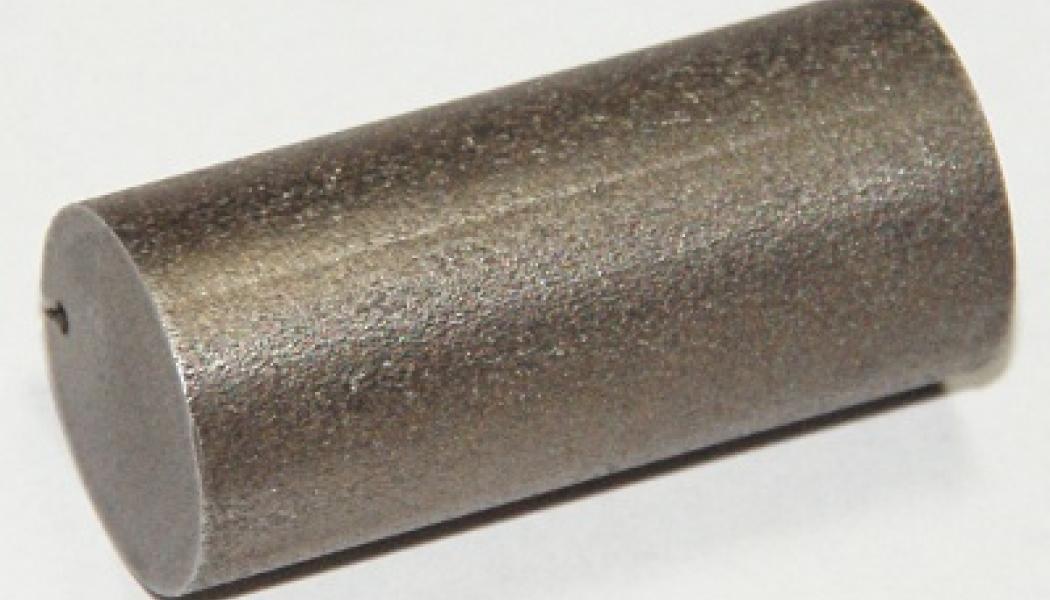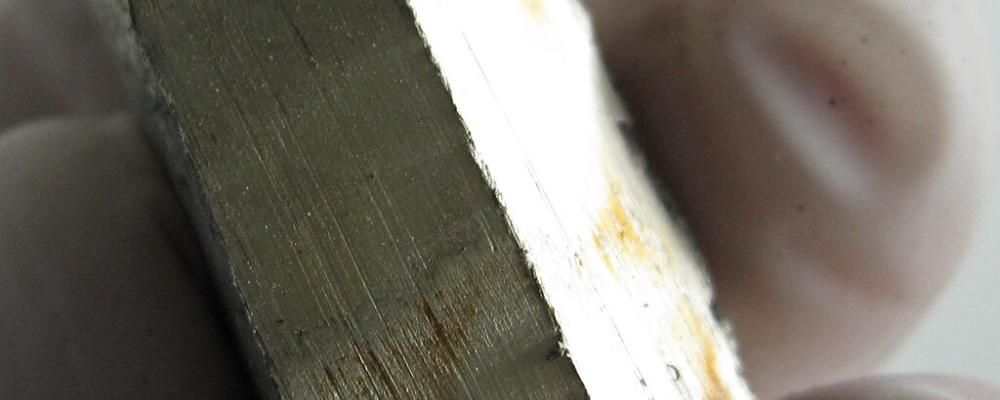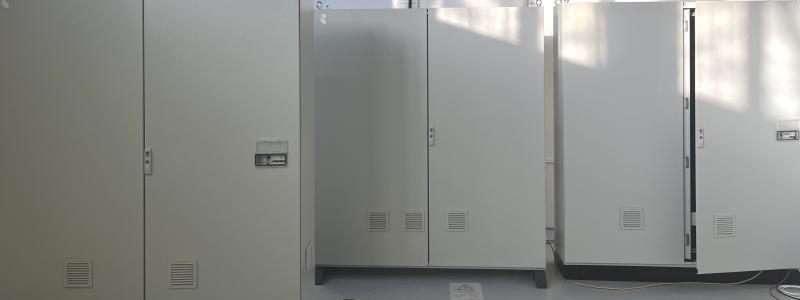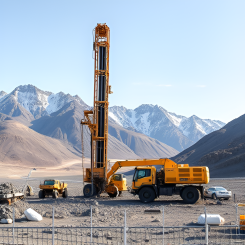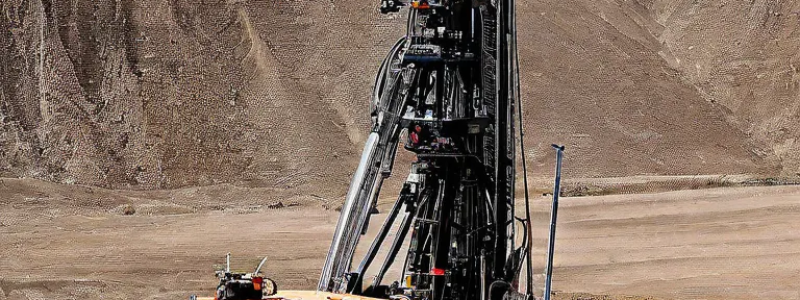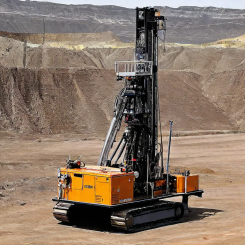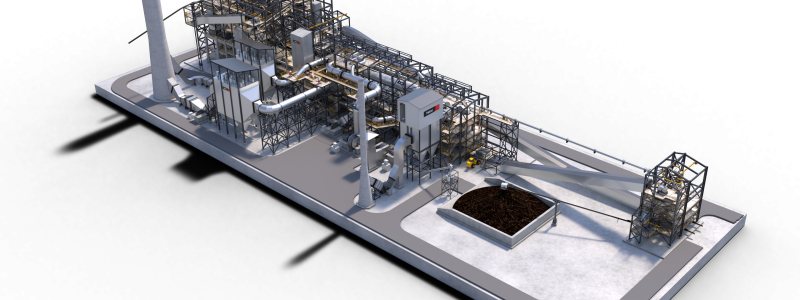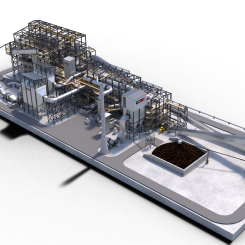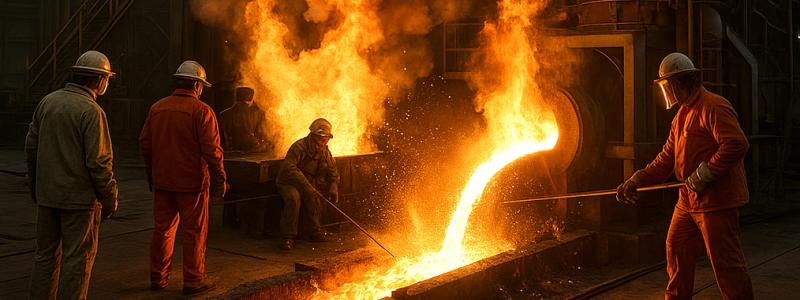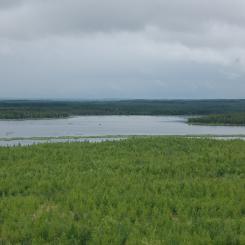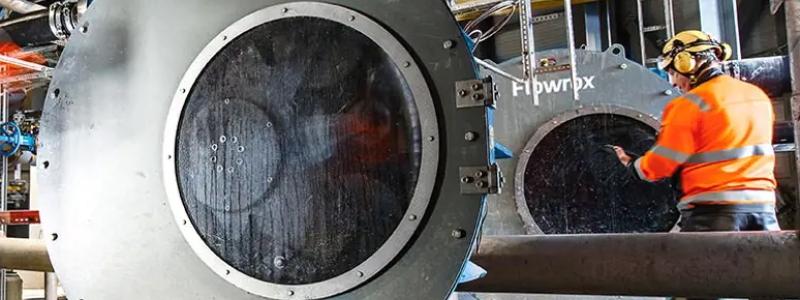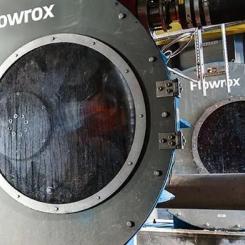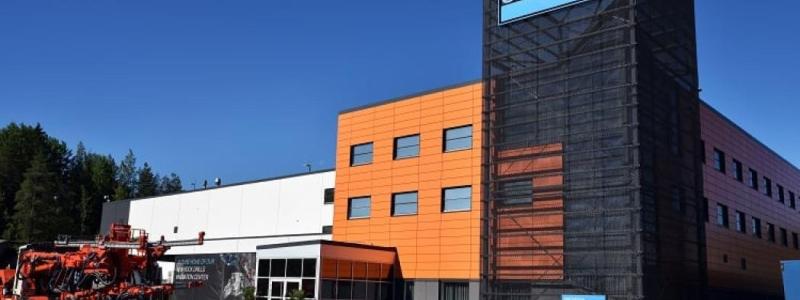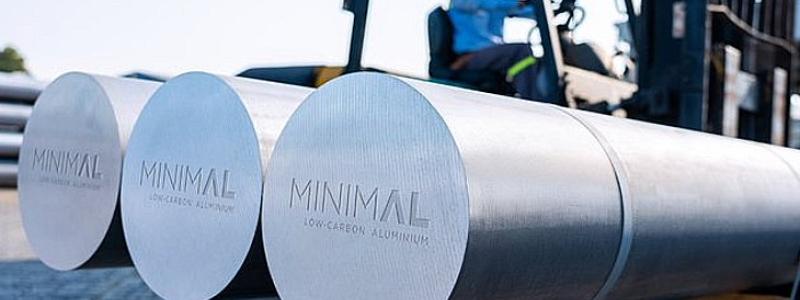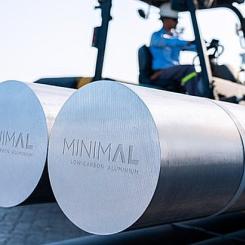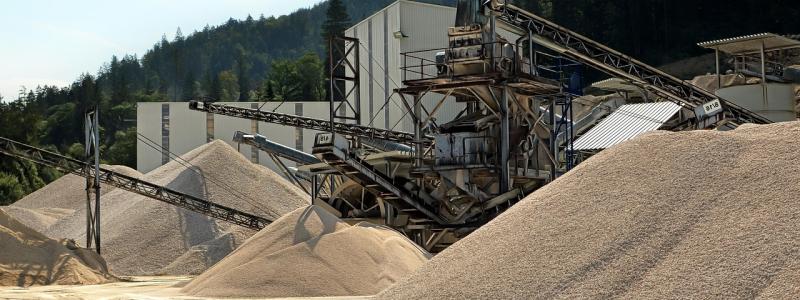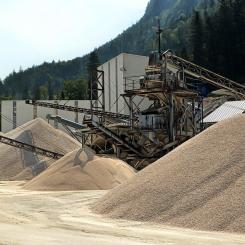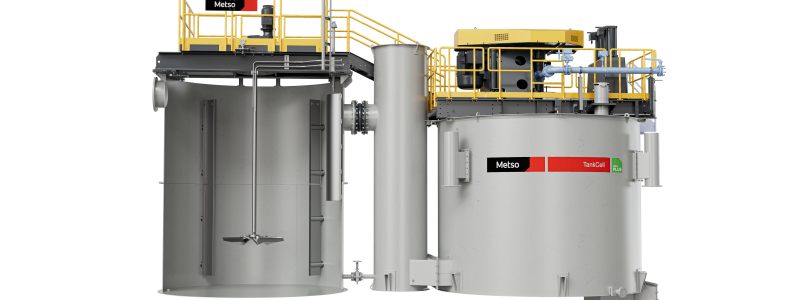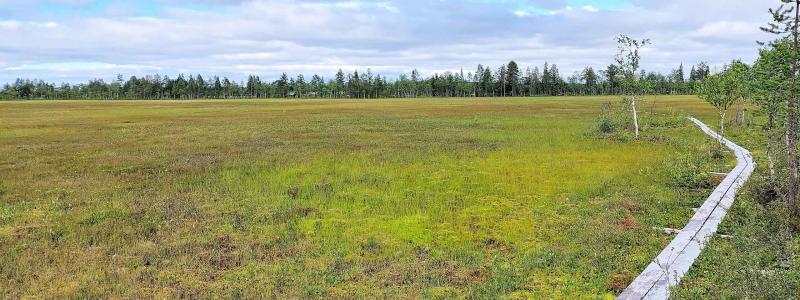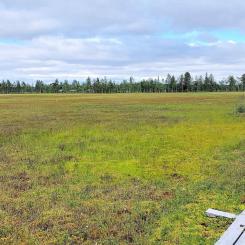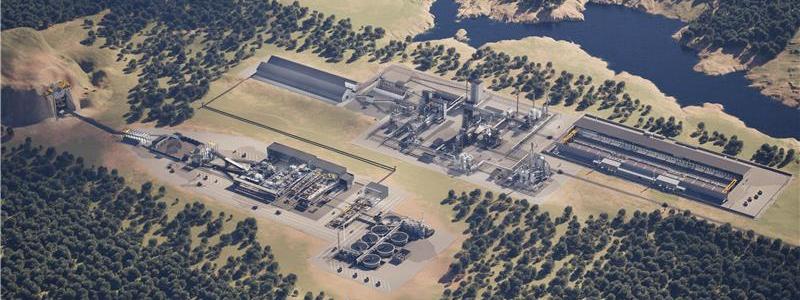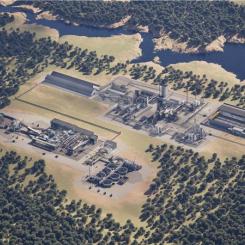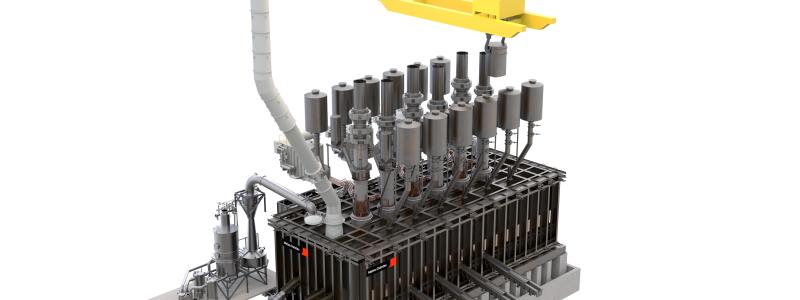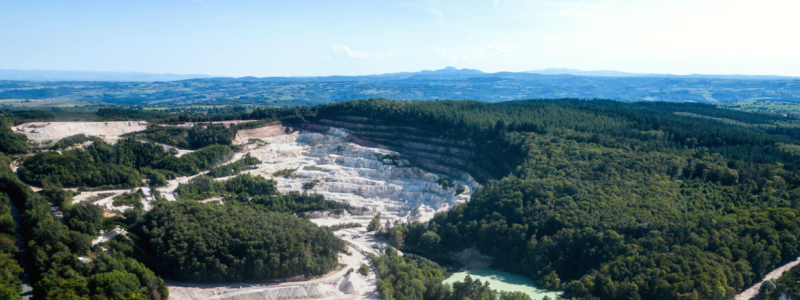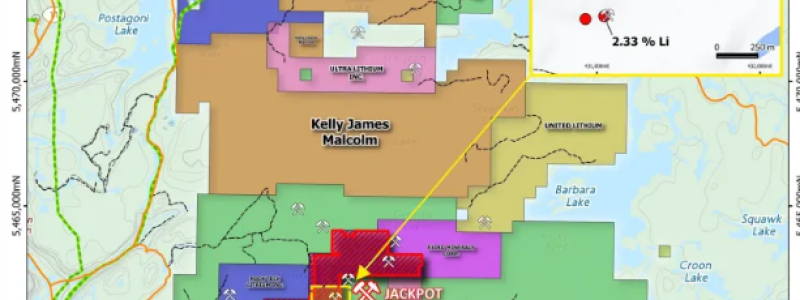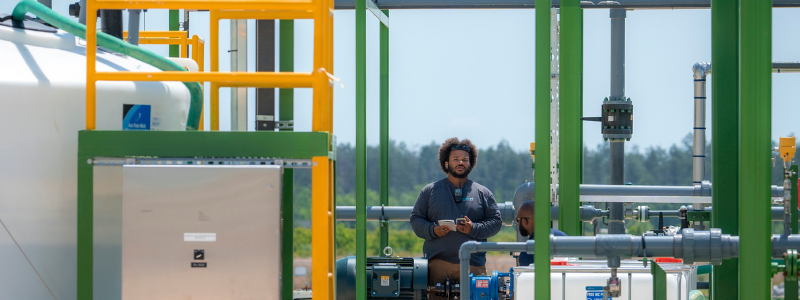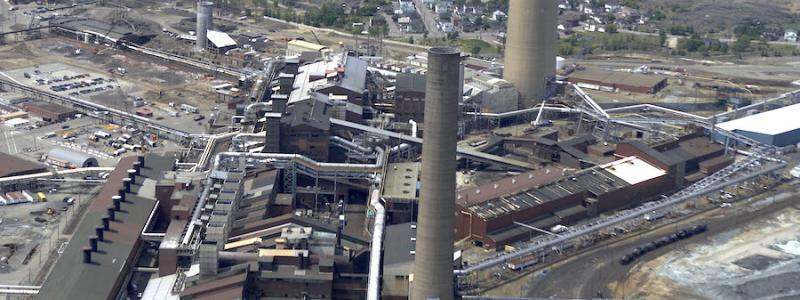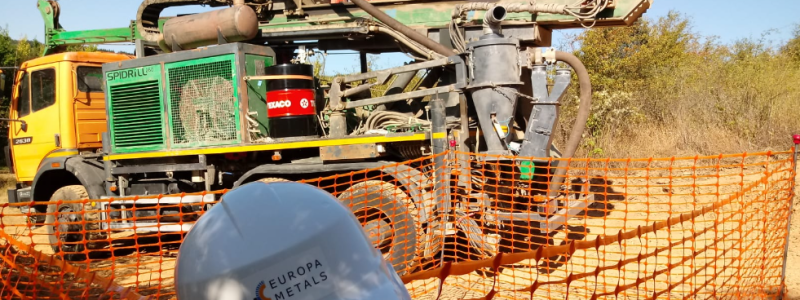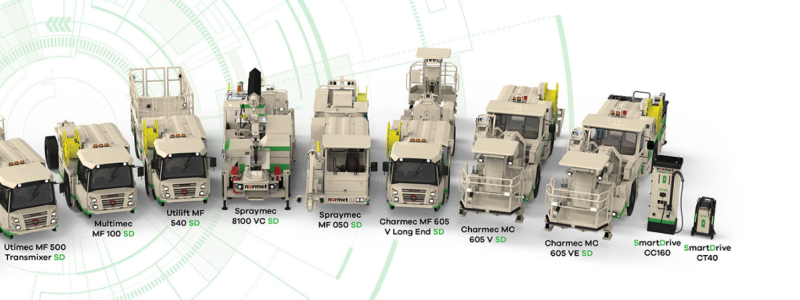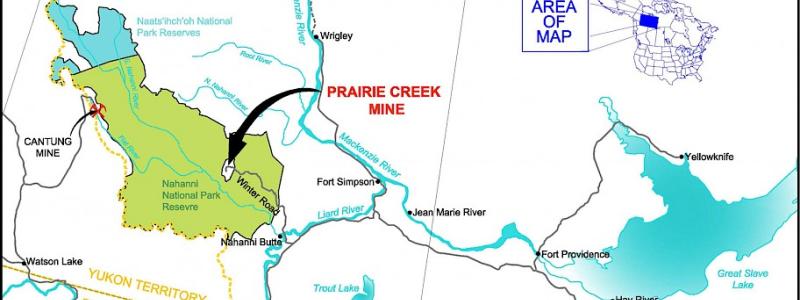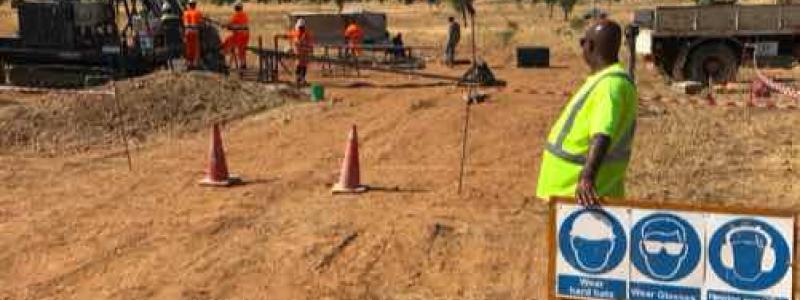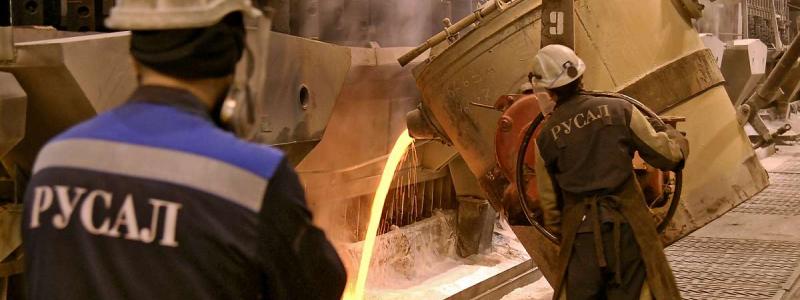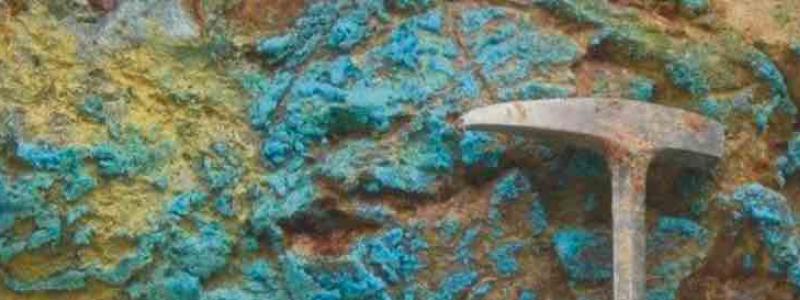Spartan Metals announces it has initiated an exploration program at its Eagle Tungsten-Silver-Rubidium Project in Nevada. The focus of the Program will be characterizing the tailings at the historic Tungstonia millsite and completing extensive surface exploration at the Tungstonia and Rees claim blocks.
This Program will execute the entire Phase 1 of the recommended work program from Spartan's July 31, 2025, NI 43-101 Technical Report on the Eagle Project and will be expanded to include the Surface Geology Program component of Phase 2. Results acquired from this campaign will be used to support future work plans and drill target generation.
Tungstonia Mill Tailings Characterization
The characterization of Tungstonia Millsite tailings will be the primary focus of the exploration activities and drilling will begin on October 20, 2025 . Drilling at the historic tailings site will use a hollow stem auger to collect samples. All samples collected will be used for thorough geochemical and metallurgical analysis, as well as to define the overall geometry for tonnage calculations, 3D modeling, quantitative assessment, resource estimation, and economic evaluation.
Surface Geology Program
The surface geology program will encompass both Tungstonia and Rees Claim blocks, with an emphasis on comprehensive soil sampling at an approximate 100 m x 100 metre (" m ") grid (Figures 2 and 3), expanded rock and outcrop sampling, geologic mapping, and geophysical investigations—including Controlled Source Audio-frequency Magnetotellurics (CSAMT) and/or Magnetotellurics (MT)—at Tungstonia. These efforts aim to more accurately define the lateral and vertical extent of existing tungsten-silver-rubidium veins, identify new vein occurrences (Figure 4), and determine high-potential drill targets.
The Eagle Project presents a unique opportunity to delineate one of the largest and highest-grade Tungsten and Rubidium districts in the United States. The Project consists of the past-producing high-grade Tungstonia (W) and Rees/Antelope tungsten (W-Cu-Ag) mines. Operations at these mines were from 1915 to 1942 with intermittent small-scale production occurring until 1956. Tungsten production from these two mines totaled 8,379 units at grades between 0.6%-0.9% WO 3 (1).
The Project is ~20 km² in size and located approximately 120 kilometers northeast of the town of Ely, in the Kern Mountains of White Pine County, Nevada. The Project covers 4,936 acres consisting of 244 Bureau of Land Management (BLM) unpatented lode mining claims.
Three deposit types are present at Eagle; Porphyry, Skarn, and Carbonate Replacement (CRD) that contain significant or anomalous grades of Tungsten (W), Silver (Ag), and Rubidium (Rb) plus Cu-Ag-Sb±Au-Pb-Zn-Bi-As across three project focus areas that includes the potential to recover W-Rb-Ag from the legacy Tungstonia Mill Tailings.
About Spartan Metals Corp.
Spartan Metals is focused on developing critical minerals projects in top-tier mining jurisdictions in the Western United States, with an emphasis on building a portfolio of diverse strategic defense minerals such as Tungsten, Rubidium, Antimony, Bismuth, and Arsenic.
Spartan's flagship project is the Eagle Project in eastern Nevada that consists of the highest-grade historic tungsten resource in the USA (the past-producing Tungstonia Mine) along with significant under-defined resources consisting of: high-grade rubidium; antimony; bismuth; indium; as well as precious and base metals.

